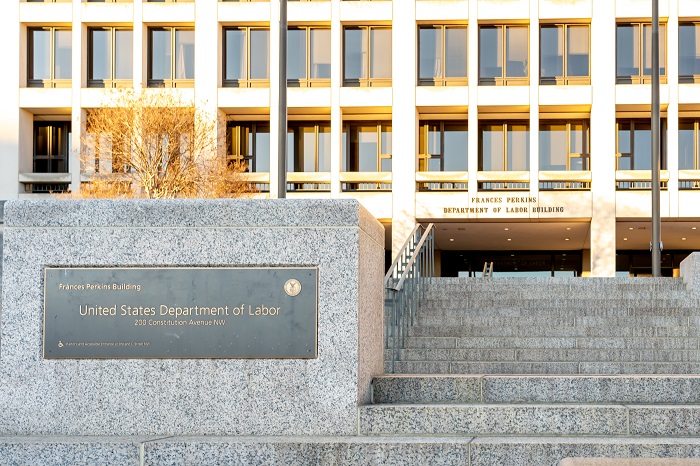Unlock the Editor’s Digest for free
Roula Khalaf, Editor of the FT, selects her favourite stories in this weekly newsletter.
Premier League football clubs cut back from last summer’s record transfer outlay, as financial rules constrained spending and previously spendthrift Saudi Arabia showed greater restraint.
England’s top 20 clubs, which dominate spending in the window for trading players, spent roughly €2.35bn during the summer transfer season, according to football data website transfermarkt. That was a 16 per cent drop from the same period last year.
But Premier League clubs narrowed their net spend — the difference in the price of players bought and sold — markedly. This summer they spent €764mn more than they received for players, shrinking from a deficit of almost €1.3bn last year.
Chelsea, which is owned by investors Clearlake Capital and Todd Boehly, led the spending at €261mn with a series of acquisitions including €60mn winger Pedro Neto. The west London club has spent more than €1.3bn on signing players since its US owners bought it for £2.5bn (€2.97bn) in 2022, transfermarkt data shows.
Brighton & Hove Albion was a close second, spending €231mn off the back of a record £133mn pre-tax profit in 2022-23 that was bolstered by the sale of players to Chelsea and other rivals.
Aston Villa, owned by billionaires Nassef Sawiris and Wes Edens, spent €176mn in preparation for its return to the Uefa Champions League. Twenty-times champions Manchester United, which is seeking to return to the competition, spent €214mn. Manchester City, fresh from winning its fourth consecutive league title, spent less than any other Premier League club, at just €25mn.
Saudi Pro League clubs, which fuelled a record transfer window a year ago, have slashed their spending to roughly €300mn from €950mn last year.
The shift has reduced a vital source of liquidity in the market. From second in overall expenditure last year, the SPL has dropped to sixth in the standings, behind the top leagues in Italy, France, Germany and Spain.
The four clubs controlled by Saudi Arabia’s sovereign wealth fund, Al-Ahli, Al-Ittihad, Al-Hilal and Al-Nassr, cut spending to €212mn from €823mn last summer. Newcastle United, the PIF’s English Premier League club, cut spending to €68mn from €153mn last year.

In a further sign of England’s financial dominance, second-tier Championship clubs spent €244mn, more than any top European league outside the Big Five of England, Italy, France, Germany and Spain. They generated €494mn from player sales. Owners are known for buying into Championship clubs and spending heavily in the hope of climbing to the Premier League, where broadcast revenues and valuations multiply.
The Premier League’s profit and sustainability rules (PSR), which cap losses at £105mn over three seasons, have forced top-flight clubs to refine their approach to player trading.
“PSR has made everyone realise there’s teeth to the regulations. You have to think about compliance two to three years out,” said Omar Chaudhuri, chief intelligence officer at sports consultancy Twenty First Group.
One football banker said clubs were increasingly staggering payments over several years to comply with PSR after the league handed out penalties to Everton and Nottingham Forest last season.
Several clubs sold young players they had trained in their talent academies, giving them greater leeway to spend on acquisitions.
Accounting practices mean that homegrown players are valued at nothing on balance sheets. This means that clubs can sell young players for a fee and book transfer profits up front to help comply with PSR.
In contrast, acquisition fees are spread across the duration of a player’s contract, allowing clubs to spend more.
In some instances, such as Chelsea’s €44mn sale of Dutch defender Ian Maatsen, homegrown players were transferred early in the window. Some of those transfers also took place in time for clubs to book gains before closing their accounts for the 2023-24 season.
Additional reporting by Dan Clark
Credit: Source link











